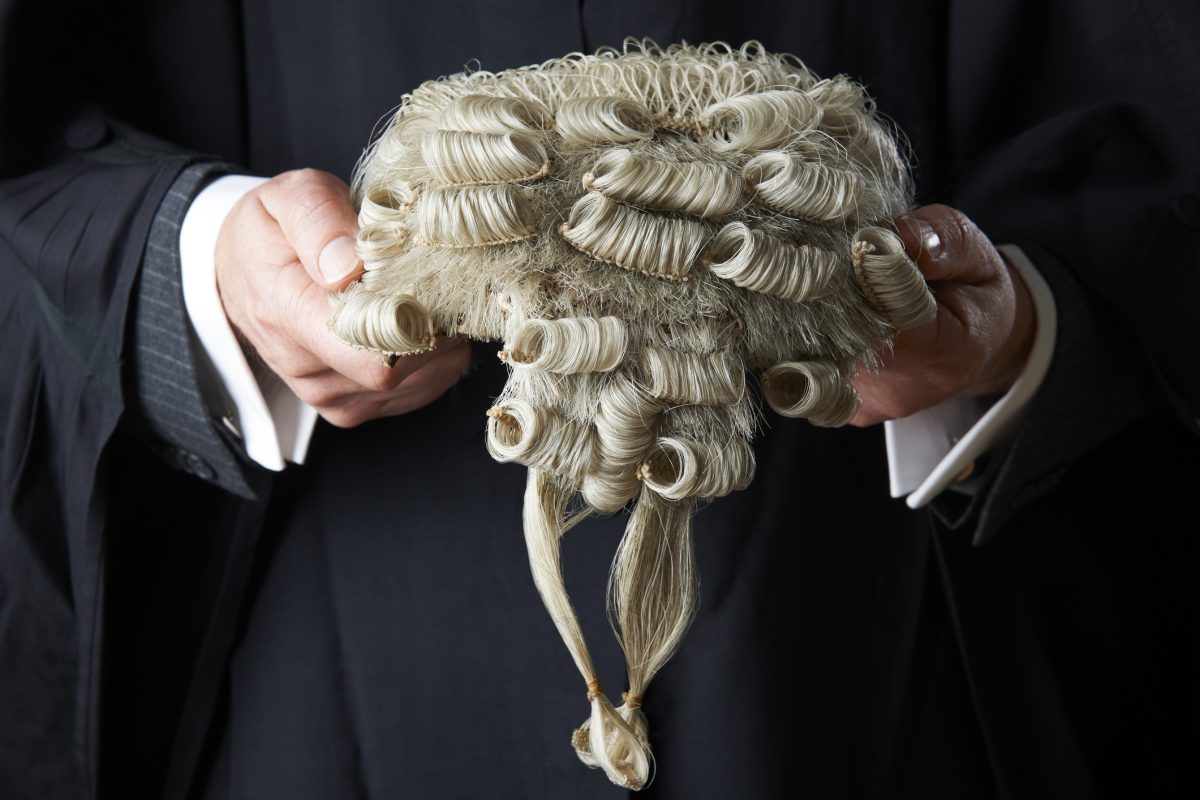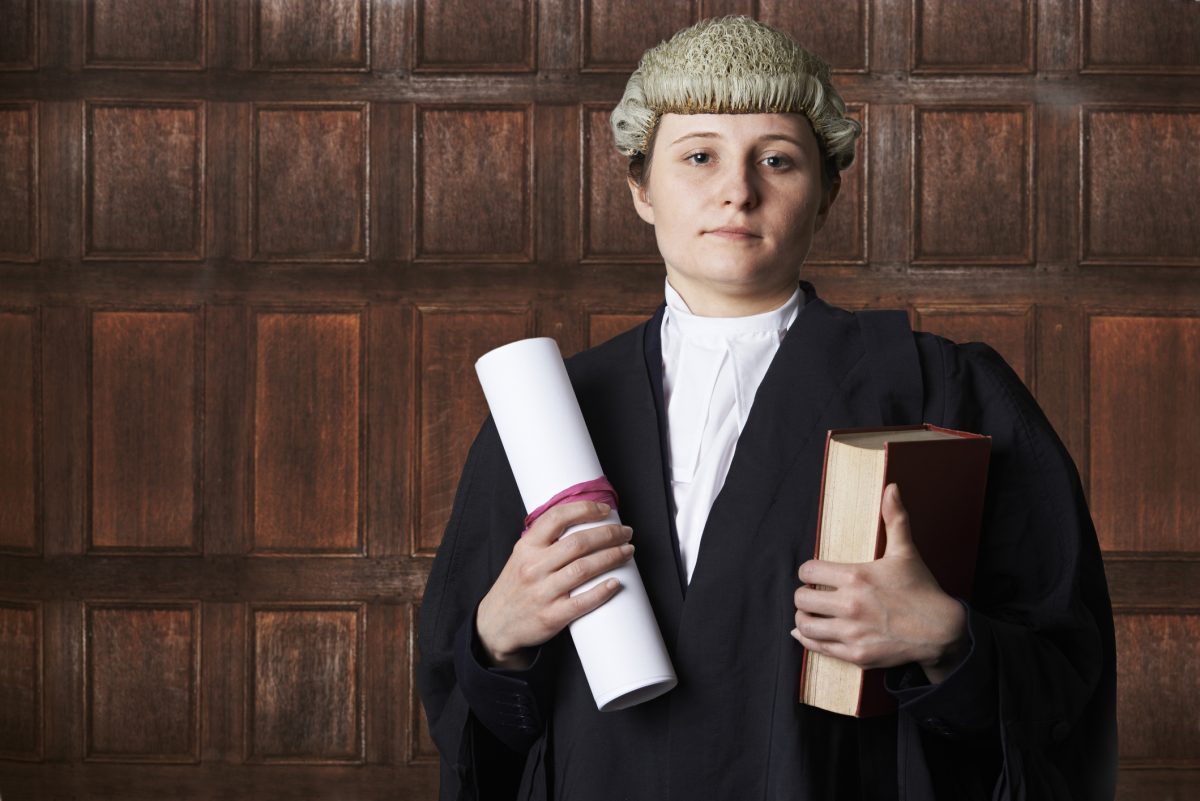
An anachronism? Leave it be, reckons John Coleman. Photo: MachineHeadz.
Blaming lawyers for law is like blaming barnacles for shipwrecks. Just because there seems to be a lecherous attachment to disaster proves nothing.
Yet the abuse continues. Our legal eagles are called “overpaid” by people who don’t work a 65-hour week, “ambulance chasers” by those who are the first to call Choice and the ACCC when they get diddled by the world’s bastards, and “paid liars” by people whose son is currently not in the dock, the State glowering at him like a beast briefly restrained.
All this must be taxing – but then we mock their outfits.
Or at least the outfits of some barristers, in some courts, in some jurisdictions, on some days. The gown and jabot are less common than you might think; the wig even less so. Oh and the gavel, if you’re wondering, never gets banged in an Australian courtroom.
“It’s all so silly and anachronistic,” we sneer nonetheless. “Why do they still need to be dressed like that in 2024?”.
I’m going to suggest there’s two reasons why the garb from the 1600s should stay on.
The first is it’s a psychological uniform in a context where the stakes call for it. Someone is looking at spending six years from their 80-year allotment in a cell or the Kerrigans are about to lose their home; it’s where civilisation is literally tried and tested.
I hate to advocate for decorum because in society, as in religion, as CS Lewis said: “There’s a lot of false reverence going about”. But the court is a good place for it.

Native title or plain packaging on cigarettes: it’s all been threshed out here. Show some respect. Photo: Michelle Kroll.
The fallen Sydney barrister Charles Waterstreet once said the uniform was very helpful for him.
“It was a way [of going] ‘well, I’m set for this’ … [I can’t use] the F and C words.” He found that behaviour outside of the courtroom was his undoing but at least it wasn’t inside.
It’s useful for us too. Waterstreet touched on the fact that advocating in court is a role, being in character: “It was stand-up comedy in robes. You wrote your own lines, you performed”.
Just as you wouldn’t sheet a character’s line home to the actor themself, we can’t take every statement a barrister utters in that capacity and call for their pillorying.
The second reason is that the law should be allowed to be traditional. That’s its job. It’s an anchor, a circuit breaker on the mob rule Plato fretted about. A reminder in every conflict: hold on, other people have been here before. They’ve thought of this.
And there are leftovers in law that probably aren’t worth keeping. Justice Kirby thought we should ditch the Latin. Fair enough too. It’s helpful, if they’re going to ruin us, for our laws and precepts to be in the language we understand.

Clothes do make the man, woman, or whatever new innovation there is. Photo: File.
That’s not the wig and gown though. There’s only quaintness, not oppression, in such garb. Of course an argument could be raised that it is a sexist garb – but like the role it represents, it has evolved. Female barristers in life and TV look perfectly at home in it.
One female barrister in the UK told The Guardian it can be helpful.
“If you don’t meet the physical stereotypes of a barrister – male, white, perhaps older – it is helpful to wear the uniform because it stops any awkward conversations.”
It can have the same effect with age, another barrister suggested.
“If you’re against someone who has more experience, you feel that with both of you wearing wigs and gowns, your physical appearance doesn’t matter as much, because you’re recognised by the judge and jury as being qualified to deal with the case.”
So enough grasping at horsehair.
The final point is much simpler, and for that reason, truer. What is so wrong with a little glamour, some frill and trimmings, a few pieces of role-specific garb? We spend our childhoods loving dress-up and our adulthoods hating it.
When did we stop playing in the rain and get so damn mealy-mouthed and predictable?





















